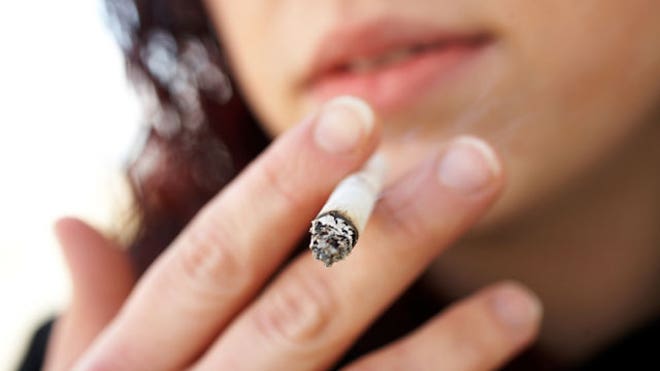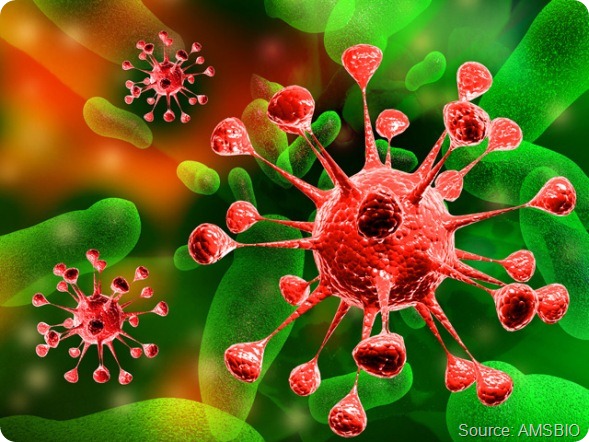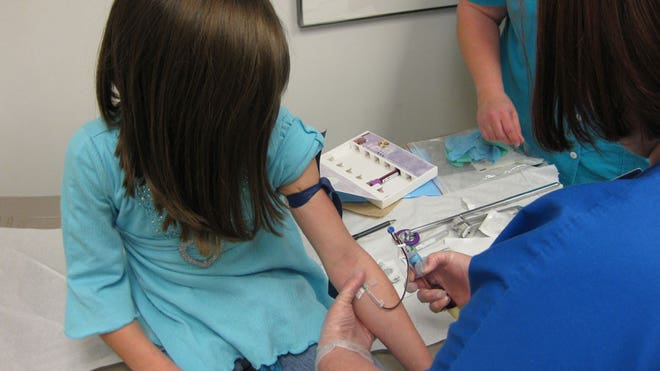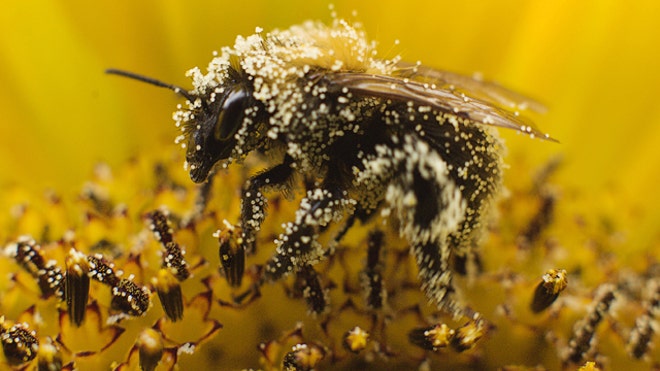
Parents may think their children are exposed only if they're around someone actively smoking a cigarette, or are unaware of where else their children may be breathing in smoke - but a blood test may help identify and reduce smoke exposure, said researchers at the University of California, San Francisco.
Secondhand smoke exposure in children has been tied to sudden infant death syndrome, respiratory problems, ear infections and asthma.
"What the test does is allow the doctor, in consultation with the parent, to figure out the source of exposure and then to eliminate it," said Jonathan Winickoff, an associate professor of pediatrics at Massachusetts General Hospital for Children in Boston.
Winickoff, who co-wrote an editorial accompanying the study in the Archives of Pediatrics & Adolescent Medicine, told Reuters Health the test can also identify if a child is being exposed to smoke without the parent realizing it, such as by living in an apartment building where smoking is allowed.
The researchers tested 496 blood samples left over from children, most aged one to four, to determine how many of them were exposed to secondhand smoke. The blood samples were initially taken at San Francisco General Hospital to test for lead exposure between November 2009 and March 2010.
The researchers tested the blood for cotinine, a chemical produced by the body after it is exposed to nicotine.
Overall, 55 percent of the blood samples had a measurable amount of cotinine, which meant those children had been exposed to smoke within the previous three to four days.
Only 13 percent of parents, however, admitted that their child had been exposed to secondhand smoke.
"I think parents do not understand the various sources of potential exposure," said Neal Benowitz, one of the study's co-authors.
The researchers reported that some parents may also believe a child has to be around someone who is smoking to be exposed - but that is not the case.
For example, children still get the effects of secondhand smoke if they spend time in a room where someone recently smoked.
Benowitz and his colleagues said testing children for cotinine could ultimately prevent diseases brought on by secondhand smoke exposure by helping detect the source.
"Once you know there is exposure then you can talk to the parent," he added.
Testing for cotinine is currently not readily available to the general public, but Winickoff said the best approach would be to integrate cotinine testing with routine testing for lead.




